In 2009, anthropological researchers made $8,000 on trinkets for which they paid just $1.25 each. What made these items feel valuable to buyers? Each trinket was accompanied by a compelling story written in the item’s eBay description.
The fact is, stories sell — whether you’re explaining s a product or, in your case, a data set.
Learning how to tell a story with data is an important skill for proving your value to your clients; it’s how you earn their trust, sell them on your services, and get repeat business. To tell a story with data, you need to look at your raw data as pieces of a grand story yet to be told. Establish a thesis, develop a narrative, craft the story, and tell that story through powerful visualizations to engage clients.
First, find a narrative within the data. Look for what your data “tells you.” That becomes the thesis of your story — your argument.
Then start forming questions about what the data is saying, identify trends, and form a hypothesis. Ask yourself the following:
- What are you trying to explain with the data? Your thesis should answer this.
- What are your goals? Your goals are what you’re trying to argue for or prove with your story.
- What is the conflict in your client reporting? This will identify the central point of the story, the conflict.
- Are you trying to get buy-in? Answering this question will help you determine how you frame your story.
After you’ve done this, look for correlations, identify trends, identify outliers and draw comparisons. These insights will form the foundation of your story.
Tailor your narrative to your audience to make sure it applies to your client. Let’s say you’re working with marketing managers who want to know how their content is performing. In this case, you’d want to tailor your narrative so that it focuses on metrics or data that are important to content marketing, like email opens or search performance.
Personalizing client reporting and telling a story with data are good ways to build trust with clients — they’ll buy into your insights more, which is good for them and for business, as it helps the client see themselves as the main character. Additionally, tailoring your narrative helps create a shared understanding of that data. It’s a way to “put everyone on the same page.”
Tailoring your narrative requires you to do a little preliminary research on your client. First, start with the audience you’re presenting to. It might be marketing managers, or it might be executives, but the point is that different audiences have different goals in mind, so you need to have different angles for each audience. This blog post explains it best: “Different employees, stakeholders, and departments want to see different data, even if they care about the same general KPIs (key performance indicators).”
It makes more sense to talk about overall business goals and performance with a chief marketing officer because they’re the ones with the power to make strategic decisions. Use the same language that your audience would use, and be sure to speak in concrete terms — no more “good,” “bad,” or “better.” Those are loose terms that leave a lot of ambiguity on the table. Focus on attributing success or failure to the brand’s overall business goals and use language that describes that success in concrete terms you can back up, like “increased or decreased” instead of “good or bad.”
Visuals could be any graphical representation of the data: flowcharts, bar graphs, funnels or infographics. You can use visuals to draw comparisons between two different points of data, making it easier to tell your overall story. Additionally, visuals are great for communicating with non-technical audiences — more often than not, they’re your key decision-makers.
How to tell a story with data using visual content:
- Choose a visual that tells the story — try not to clutter your report with unnecessary charts or graphs.
- Include a zero baseline so you can more effectively demonstrate fluctuations in data.
- Choose the appropriate visualization for the type of data you’re displaying, so the audience only has to glance at the content to understand it.
Crafting a story through client reporting requires you to approach the data like an author would approach the loose fragments of a story — things like context, characters, conflict and solutions. It’s your job to tie them all together in a linear fashion. Here’s how:
Set the context for the story. What is the situation, and why are you telling your audience about it? Craft an engaging hook to get your clients involved. Good hooks — especially ones that involve the client — are great ways to kick off your client reporting and get your clients engaged.
Create characters. Ask yourself: “Who are the key players that are involved?” This will help you define your audience further. If you can position your clients or their business as a character, you’ll have a more compelling story on your hands.
Lay out the conflict. The conflict is the crux of your story, or in your case, it’s the issue at hand that your data has revealed. At this stage, it’s fair to really dig into the data and set up the conflict as something that directly involves the characters (your clients). Even if you’re reporting positive performance, you can still use this as an opportunity to make projections about your client’s growth or what they could achieve under your guidance. Setting up the conflict introduces the problem you’re trying to solve, which then lends itself to your next step: the solution.
Offer a solution. You’ve set the context for the story, identified your clients as the main character, and put their org’s performance at stake during the conflict stage. Now it’s your turn to offer solutions for said conflict. This is your opportunity to both solve the client’s problem and make a case for the value you provide.
If you struggle with sourcing dependable, high-confidence data to craft your stories and prove the ROI of your services, try a marketing attribution software like CallRail. Attribution software uses a variety of techniques, such as call tracking, form tracking, and conversation intelligence, to determine which marketing strategies and campaigns are most effective at bringing in quality leads.
Try it today by signing up at callrail.com.









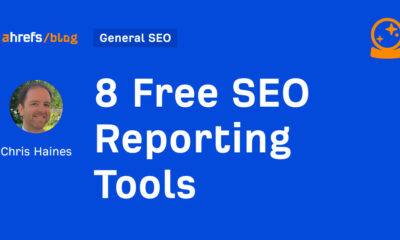

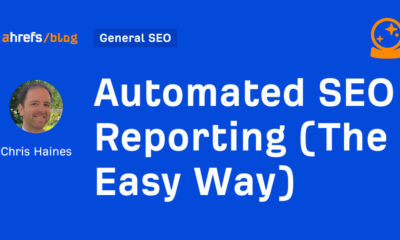

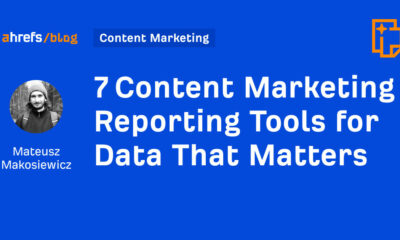



![5 Psychological Tactics to Write Better Emails → Download Now: The Beginner's Guide to Email Marketing [Free Ebook]](https://articles.entireweb.com/wp-content/uploads/2023/02/11-Free-Email-Hacks-to-Step-Up-Your-Productivity.png)
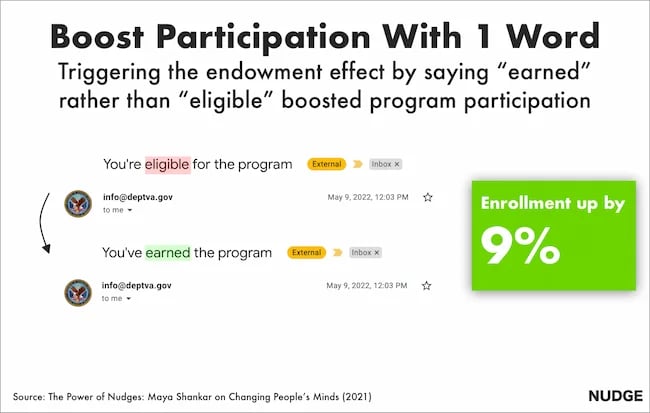
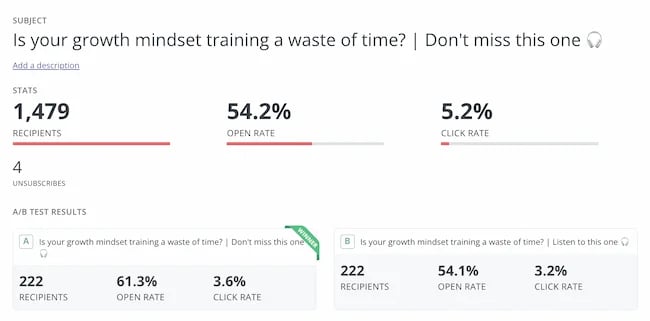

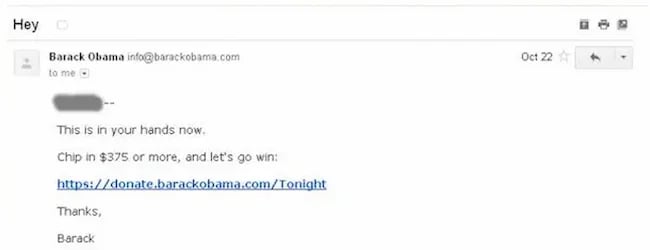
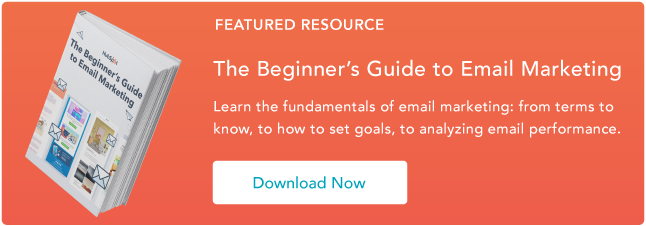
















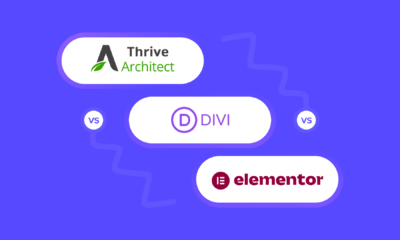


You must be logged in to post a comment Login